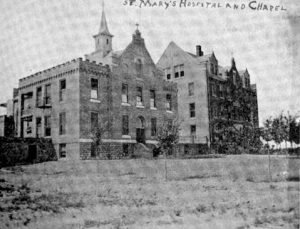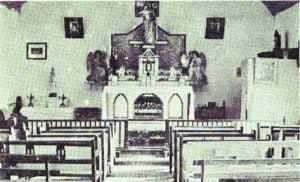Twelve Years free from Spanish Control
For twelve years they then lived, free from all Spanish control, proud in their freedom, yet, doubtless, constantly in dread, even as they were in Zuni and the other pueblos, of the coming of the Spaniards to wreak vengeance. In 1692 came Don Diego de Vargas, re-conqueror the second, and he and his two hundred soldiers gained the speedy submission of Acoma. But as before, it was merely a submission of words, for four years later the sturdy patriots revolted again, and when de Vargas came in anger to storm the rock, they jeered at him from above and defied … Read more








